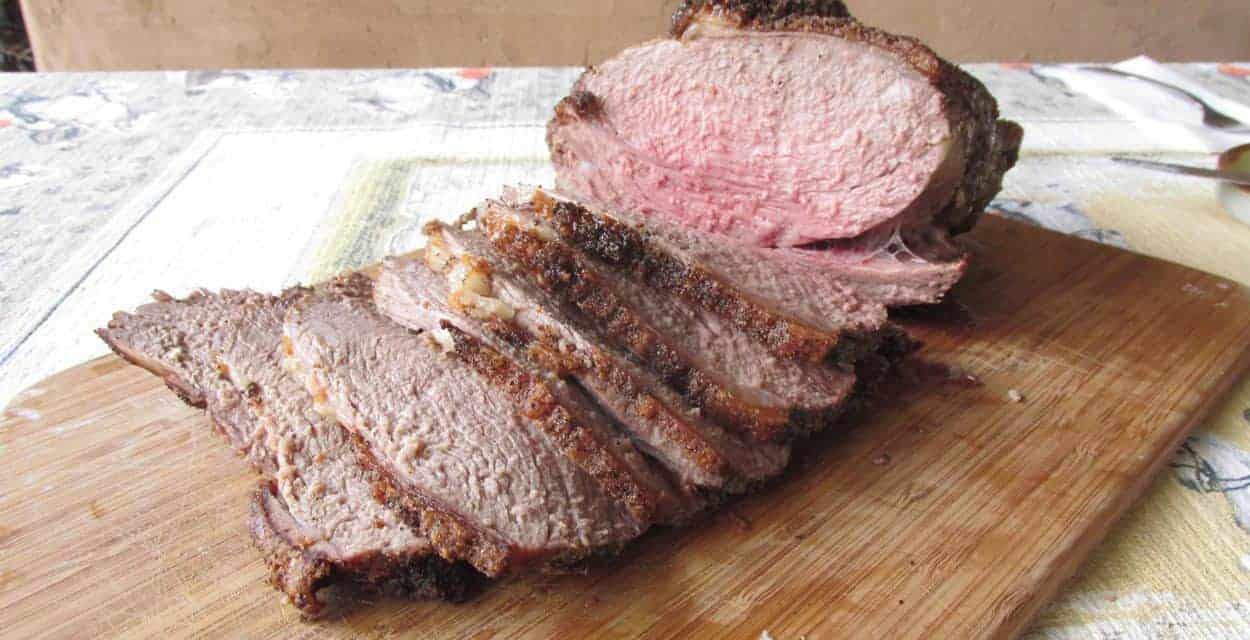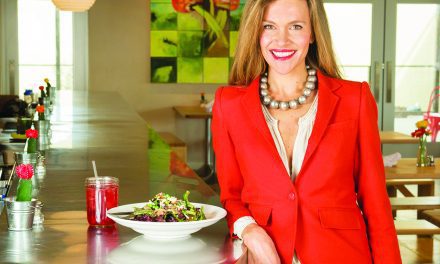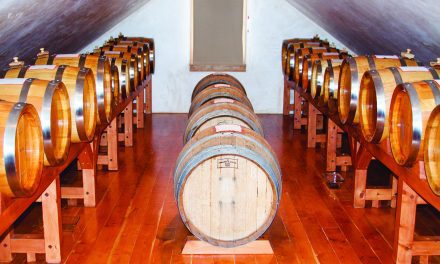Buying local, grassfed and grass-finished beef allows for sustainable agriculture that also supports our local economy.
Be sure to ask if the beef has been grassfed AND grass finished. All cattle are grassfed for most of their lives and only fed grain in the last few months. So it is important that they have never been fed grain. You might also want to inquire about the use of antibiotics and hormones.
BUYING DIRECTLY FROM THE RANCHER
When you buy directly from the rancher, you are buying a fraction of a live animal (a whole, half, quarter). In some cases ranchers offer a variety pack of a smaller quantity. As a courtesy, the rancher delivers the animal to the local processor. When the meat is ready, it will be packaged, labeled and frozen. The customer often picks it up, but the rancher might provide delivery to a more convenient location for pick up.
Step 1: Determine how much beef you will need.
If you are ordering from a rancher, you will want to determine how much beef you and your family will eat in a year, as most producers have beef ready only once a year, in the fall or winter. You can safely store your frozen beef for 12 months. Consider how often you and your family will eat beef during a week and the number of pounds you and your family will eat in a week. Multiply that by 52.
Ranchers elect to slaughter their animals at different ages and weights, so you will find a half yielding from 100 to 250 lbs. Ask the producer you are buying from how much meat she or he expects the half or quarter to yield.
Step 2: Determine how much freezer storage space you will need.
Most freezer compartments of refrigerators can hold at least 50 lbs of meat, but that is if there is nothing else in there. Side-by-side freezers can accommodate twice that much. It is more convenient to have a separate freezer, especially if you are ordering a half or more. Chest freezers are inexpensive to purchase and use less power than stand-up freezers. They are available in many different sizes.
Step 3: Place your order with a local rancher.
Pricing can be figured in several ways: based on the live weight of the animal, the hanging weight, or the finished, packaged weight. Most ranchers base their pricing on what they could get for the animal at the auction, adding in the price of processing, plus their extra work in handling the sale, delivery, and so on. Some ranches will require a deposit, and orders are usually made from a couple of months up to a year in advance. At time of ordering, you can specify the types of cuts you prefer, or go with the rancher’s standard packaging.
Learn more about grass-fed beef and it benefits to the land and health:
Southwest Grassfed Livestock Alliance
The Southwest Grassfed Livestock Alliance, SWGLA (pronounced ‘swig-la’), is a non-profit alliance of ranchers/farmers, consumers, land managers, conservationists, researchers and local food system providers that work together to support local/grass-fed livestock products. Through public outreach, producer support, applied research, education and cooperation the alliance seeks to improve ecological, social, animal and human health. Get a full list of grassfed producers here.
Edible celebrates New Mexico's food culture, season by season. We believe that knowing where our food comes from is a powerful thing. With our high-quality, aesthetically pleasing and informative publication, we inspire readers to support and celebrate the growers, producers, chefs, beverage and food artisans, and other food professionals in our community.














